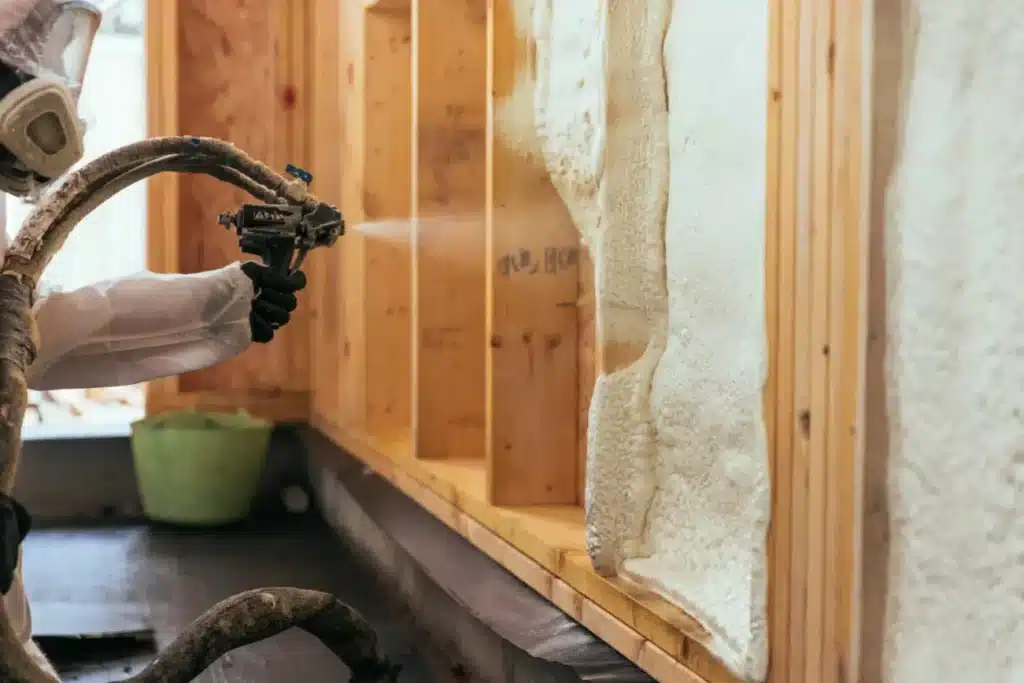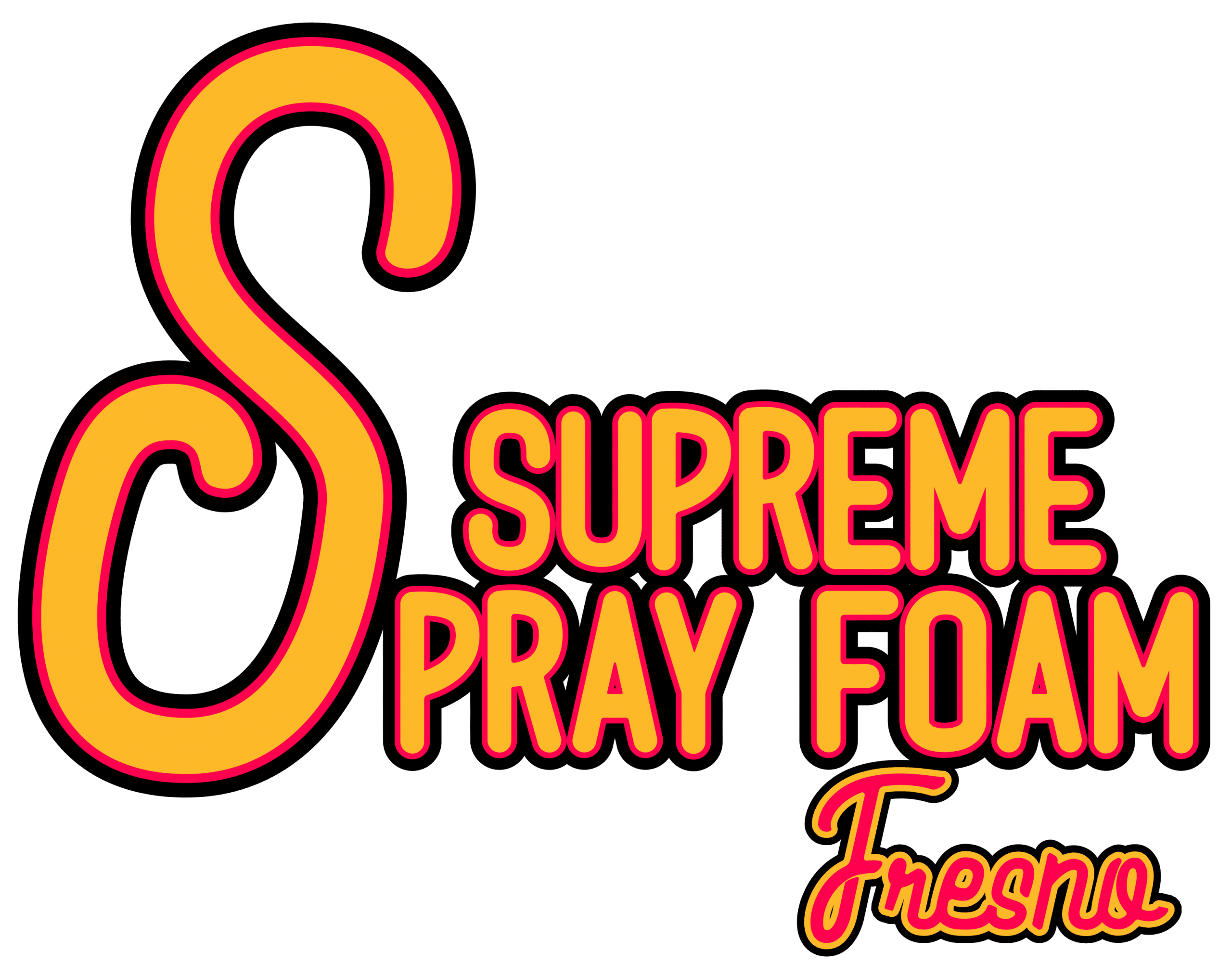Spray foam insulation delivers the greatest energy efficiency gains when applied in areas with the highest thermal loss. These include attics, crawl spaces, exterior walls, and around penetrations where air leakage is common. It provides maximum value during retrofits of older homes with poor or inconsistent insulation, or in new builds aiming for airtightness and long-term energy savings.
The material’s high R-value per inch, air sealing capability, and moisture resistance make it a strategic upgrade in regions with extreme temperatures. Fresno’s hot, dry summers and mild winters make it ideal for improving cooling efficiency, particularly in attic and roofline applications.
This article explains when and where spray foam makes the most impact on energy costs, how it compares to other methods, and what homeowners should consider before installing it.
Supreme Spray Foam Fresno shares insights drawn from years of field installations, thermal audits, and local building envelope challenges.
Key Zones Where Spray Foam Adds the Most Value
Attic and Roofline Applications
Attics are the primary escape route for conditioned air. Installing spray foam under the roof deck converts the attic into a semi-conditioned space, reducing HVAC strain and increasing indoor comfort.
Bonus Tip: In Fresno, unvented attic systems with closed cell spray foam reduce attic temperatures by 30-40°F in summer.
Crawl Spaces and Subflooring
Vented crawl spaces often lead to moisture buildup and air leakage. Encapsulating them with closed cell spray foam stabilizes floor temperatures, lowers humidity, and prevents mold.
Exterior Walls in Older Homes
Many pre-1980 homes lack sufficient wall insulation. Open cell spray foam expands to fill gaps, offering both insulation and air sealing benefits where batt or blown-in materials underperform.
Around Windows, Doors, and Penetrations
Air leaks through gaps in framing and mechanical penetrations reduce HVAC efficiency. Applying spray foam in these areas ensures long-term sealing that doesn’t degrade over time.
Performance Comparison
| Insulation Type | R-Value per Inch | Air Sealing | Moisture Barrier | Best Use Cases |
|---|---|---|---|---|
| Open Cell Spray Foam | 3.5 – 3.8 | Yes | Limited | Interior walls, sound control |
| Closed Cell Spray Foam | 6.0 – 7.0 | Yes | Yes | Attics, crawl spaces, roof decks |
| Fiberglass Batt | 2.9 – 3.8 | No | No | Cost-sensitive wall cavities |
| Cellulose (Blown-In) | 3.2 – 3.8 | Minimal | No | Retrofits in closed walls, attics |
Technical Specifications
| Feature | Open Cell Foam | Closed Cell Foam |
|---|---|---|
| Density | 0.5 lb/ft³ | 2.0 lb/ft³ |
| Vapor Permeability | High | Low |
| Expansion Rate | High (100x) | Low (30x) |
| Water Resistance | Minimal | High |
| Structural Strength | Low | High |
| Typical Cost per Sq Ft | $0.45 – $0.65 | $1.00 – $1.50 |
Climate-Specific Considerations for Fresno
- Cooling-Dominated Climate: Spray foam reduces HVAC runtime during Fresno’s extended hot season, offering faster ROI than in colder climates.
- Low Humidity: Closed cell foam helps limit dust and outdoor pollutants by sealing air leaks in dry, windy conditions.
- Older Housing Stock: Many homes built before 1980 lack proper envelope sealing, making spray foam a high-impact upgrade.
Bonus Tip: Using closed-cell spray foam in roof decks with tile roofing helps prevent heat migration through rafters, common in Central California construction.

Things to Consider Before Making a Decision
- Building Code Compliance: Local codes may dictate foam thickness, ignition barriers, or ventilation strategies.
- Existing HVAC Sizing: Spray foam reduces thermal load; oversized units may short-cycle post-installation.
- Access Limitations: Retrofitting enclosed wall cavities or low-clearance crawl spaces requires different application strategies.
- Budget Constraints: Closed cell foam costs more but delivers air sealing and moisture control in one material.
Relevant Services Offered by Supreme Spray Foam Fresno
- Attic Insulation: Seals roofline and attic floor to reduce heat gain and cooling costs.
- Crawl Space Spray Foam Insulation: Prevents ground moisture intrusion and stabilizes subfloor temperature.
- Closed Cell Spray Foam Insulation: High-performance barrier ideal for exterior exposure and structural reinforcement.
- Spray Foam Repairs: Address degraded or poorly installed insulation with targeted re-application.
Common Questions About Value Timing
Where should I start with insulation upgrades for best energy savings?
Start with the attic. It has the highest potential for thermal loss in both new and older homes.
Is spray foam worth it if my walls already have insulation?
Yes, if existing materials are compressed, incomplete, or if air leakage remains unresolved.
When is closed cell foam preferred over open cell?
Use closed cell where moisture, strength, or limited space are factors (e.g., crawl spaces, roof decks).
Does spray foam reduce noise as well?
Open cell foam provides excellent sound damping in interior walls or between floors.
Get Expert Insulation Guidance
Get practical advice before deciding on insulation strategies. Supreme Spray Foam Fresno helps homeowners in Central California maximize energy savings with proper material selection and application.
Contact Details:
- Phone: (559) 545-0800
- Email: [email protected]
Frequently Asked Questions
How long does spray foam insulation last?
Spray foam remains effective for 20-30 years or longer if applied correctly and not exposed to UV or physical damage.
Can spray foam cause indoor air quality issues?
Proper installation and post-application curing prevent off-gassing concerns. Ventilation is managed during and after installation.
Does spray foam affect home resale value?
Yes. Energy-efficient features, including spray foam insulation, can improve market appeal and valuation.
What maintenance is required after installation?
None. Once applied and cured, spray foam forms a permanent, non-settling barrier.
Will installing spray foam change my HVAC needs?
Possibly. Better insulation may allow downsizing HVAC systems during future upgrades.


